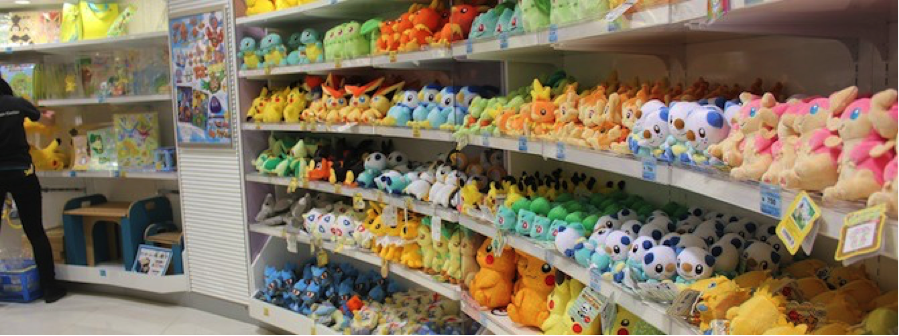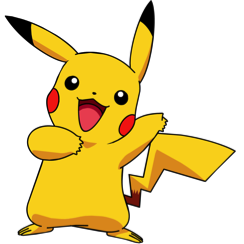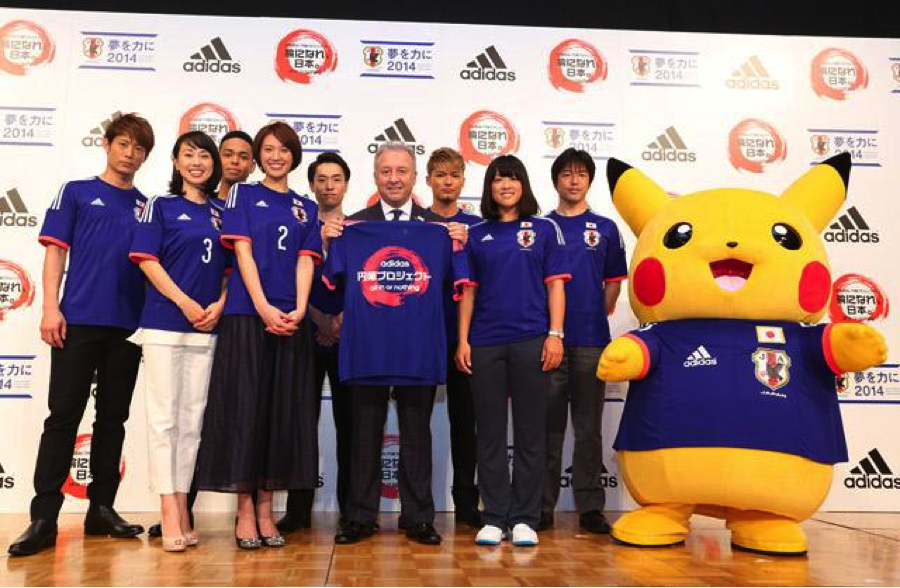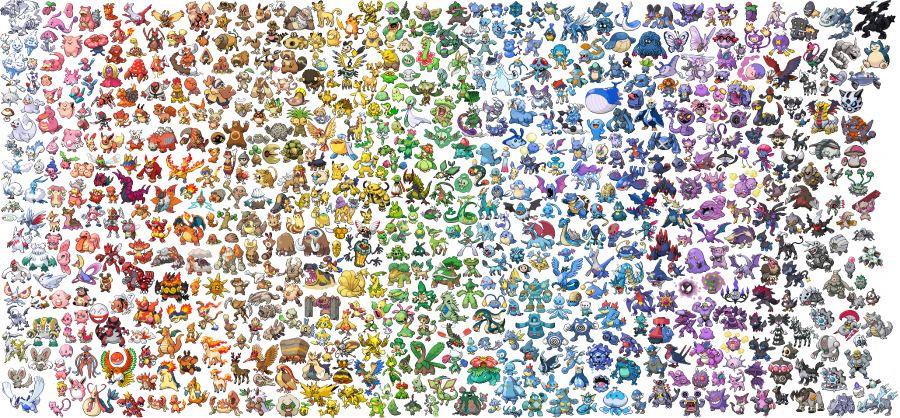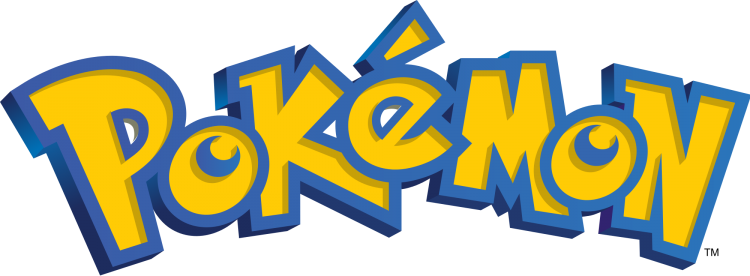
It’s amazing how many professionals write off the success of products aimed at children. Marketing aimed at kids is much harder than it looks and requires a precise understanding of trends and child psychology.
Pokémon is no exception. Nintendo unveiled the original video game in 1996, which captured the hearts and minds of children across North America and Japan. Now, almost 20 years later, Pokémon has become one of the most profitable brands under the Nintendo umbrella, generating roughly $1.5 billion a year annually, and beloved by children and young adults across the world.
What exactly is Pokémon?
Pokémon is primarily a video game series about a Pokémon trainer, someone who catches and trains wild Pokémon (animal-esque monsters with magical powers) to fight other trainers and grow stronger. Every “generation” of Pokémon has around 150 new Pokémon and a new region to explore.
Although the series is aimed at children, there are still valuable lessons to be learned for all businesses.
- Launch Your Product With A BIG Splash
Even two decades ago, the toy and children’s market was incredibly competitive. Video gaming was still very much an emerging market. Nintendo knew it had to make a big splash or it would be quickly forgotten.
For a few years, Pokémon dominated every marketplace and every niche available to children. They had the video games, TV show, and trading- card market cornered for sure, but they quickly moved to products and services across the marketing spectrum.
For example…
- Pokémon airplanes at All Nippon Airways
- KFC and Burger King commercials
- Pokémon shaped Heinz Pasta
- ..and hundreds of toys, stuffed animals, and collectables
Why should you care?
If you’re planning on doing a major product launch, you need people to talk about it. It’s a very different world now than when Pokémon first debuted, but the principle is the same. Get trending on Twitter, make a landing page (or five), do a publicity stunt, SOMETHING to cut through the clutter and get people talking about your brand. It’s not easy, but it’s worth the money.
- Understand The Behaviour Of Your Target Market
Part of the reason Pokémon is still so successful today is because it appeals to the desire of children to collect things. Every facet of the franchise is about collecting; either you’re gathering different Pokémon inside your game, or you’re buying rare trading cards to trade and battle with others.
This captivated audiences and added to the scalability of the franchise as a whole. Every new generation of Pokémon video games had essentially the same structure, but was still so attractive because now there were 150 MORE things to collect.
Why should you care?
What is the defining feature of your target market? Do they enjoy collecting? Making money from home? Quality over price? Do they enjoy making money from home or would they rather work a 9 to 5 job? The more you understand your market, the easier it is for you to reach them with your product.
- Make Your Brand Memorable
Even if you don’t know a thing about Pokémon, you should still recognize this little critter below.
Pikachu is the most famous Pokémon of them all and is Pokémon’s official brand mascot. It’s cute, loved by children and adults across the world, and is instantly recognizable around the world. Don’t believe us? Pikachu was brought in as Japan’s mascot for the 2014 World Cup.
Why should you care?
Be honest, how recognizable is your brand? Do all your past and current customers remember what your logo even looks like? The easier it is for people to recall your brand, the more likely it is they’ll consider choosing it over a competitor.
- Keep your Brand Consistent
Why has Pokémon remained so strong almost two decades later? We say brand consistency.
Every Pokémon game is fundamentally the same. You, a young boy or girl is given the task of catching every single Pokémon (around 721).
You explore a new region and catch and train Pokémon, stop a criminal organization, and eventually challenge the Pokémon League Champion to beat the game.
Every individual game is different, with new mechanics, new Pokémon, and new graphics, but the core of it is fundamentally consistent, and that’s a very good thing from a marketing point of view.
When a new Pokémon game is announced, people already KNOW it’s going to be enjoyable because every one of their main games are consistent. Even the spinoff titles are all based around the theme of “Collection”.
The young adults who loved Pokémon as children can easily get back into the series because the theme is fundamentally the same.
Why should you care?
To get your customers to come back again and again, you need to keep the experience fresh and exciting without changing it completely. Pokémon finds a good balance between playing with new concepts and themes without alienating their core customer base.
